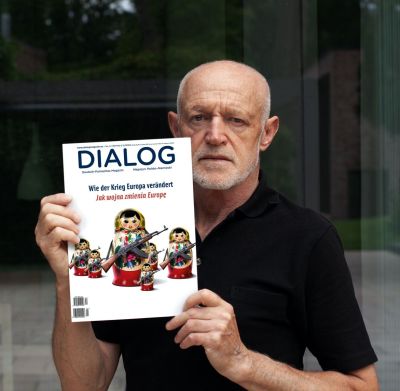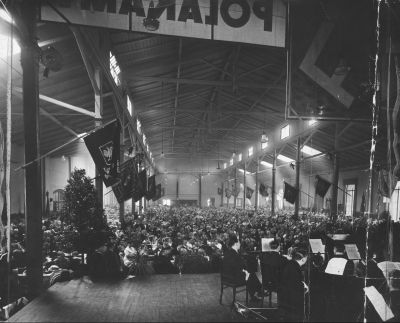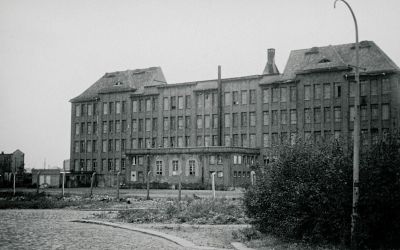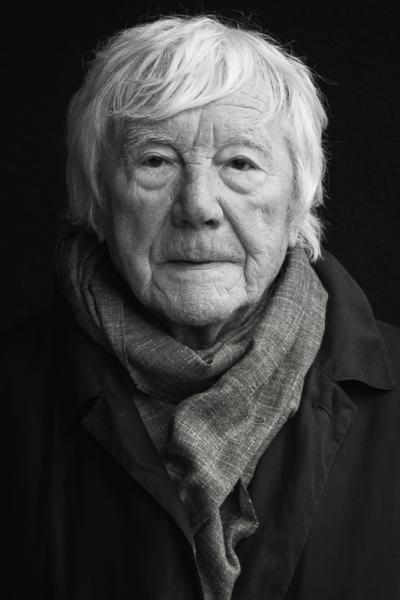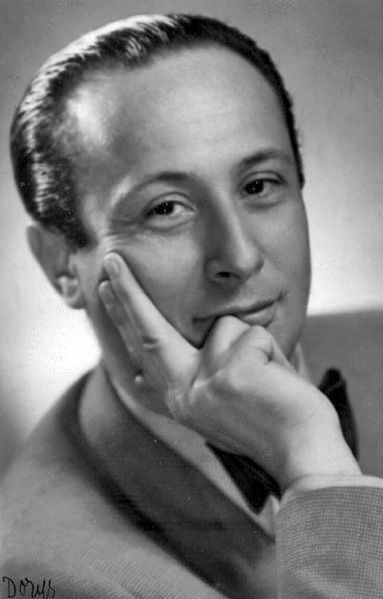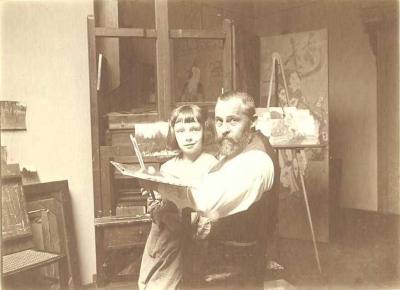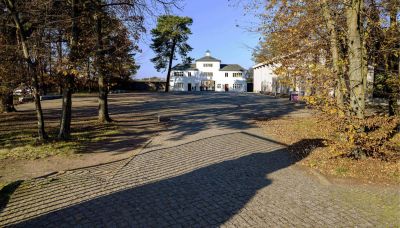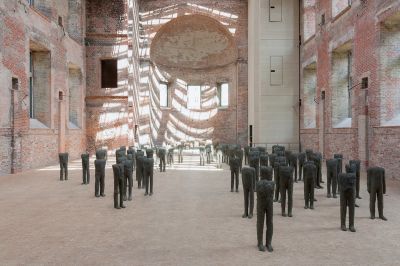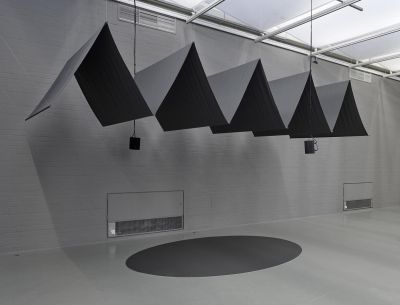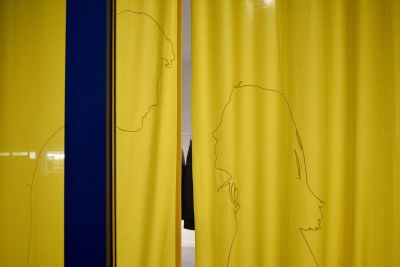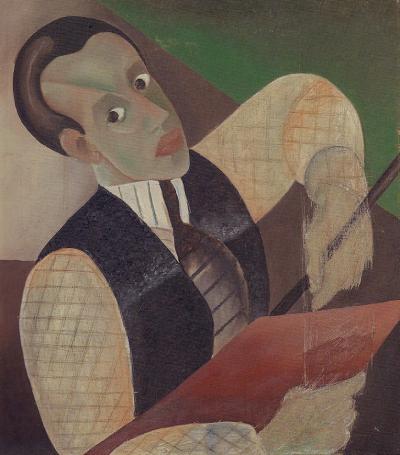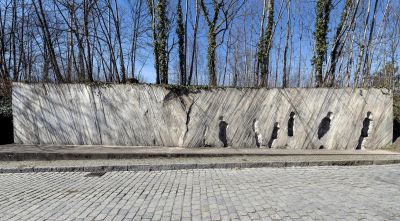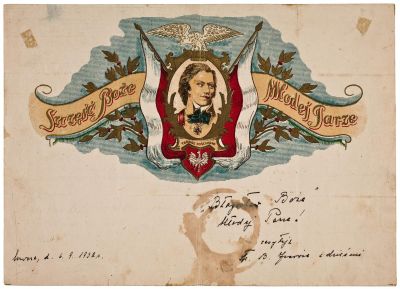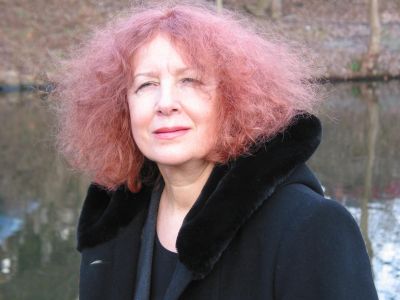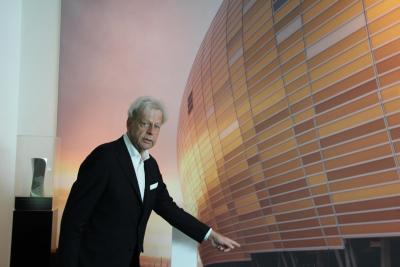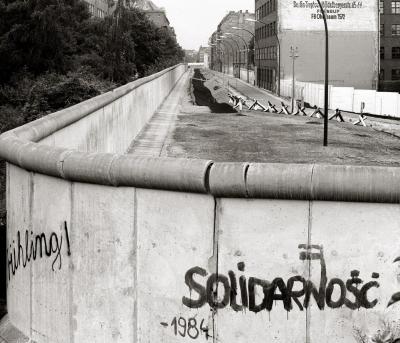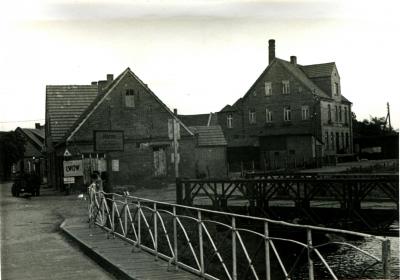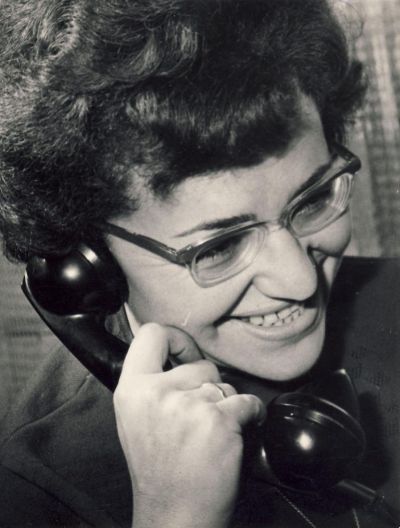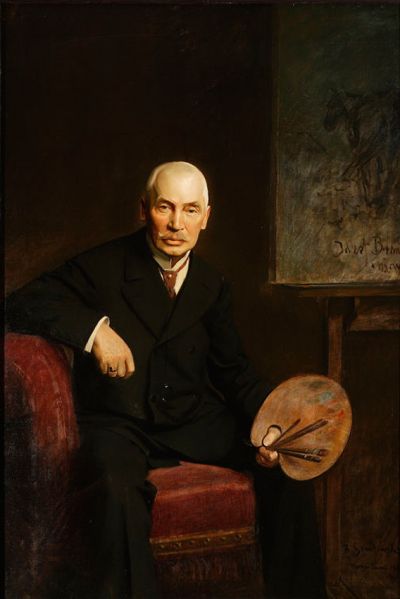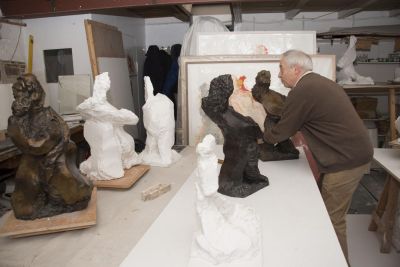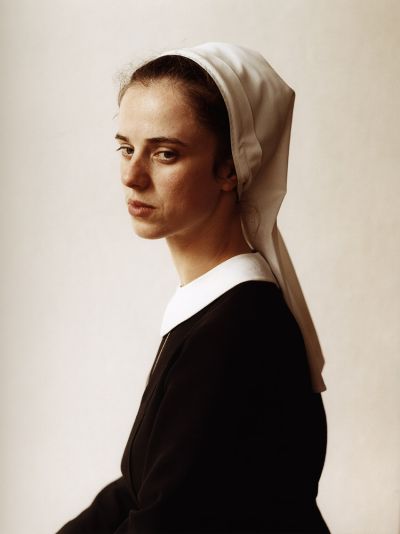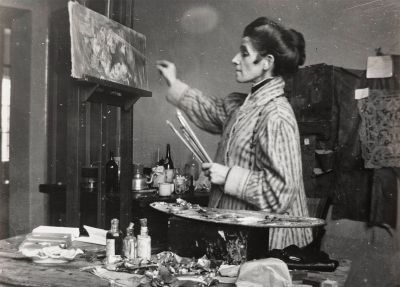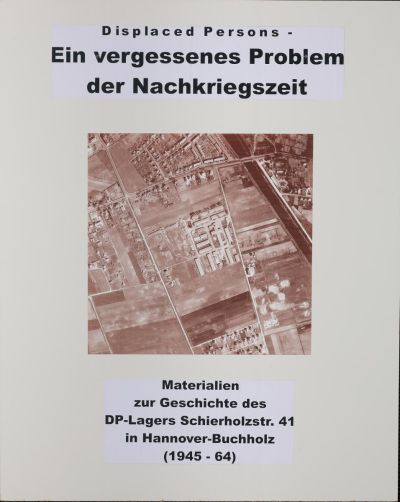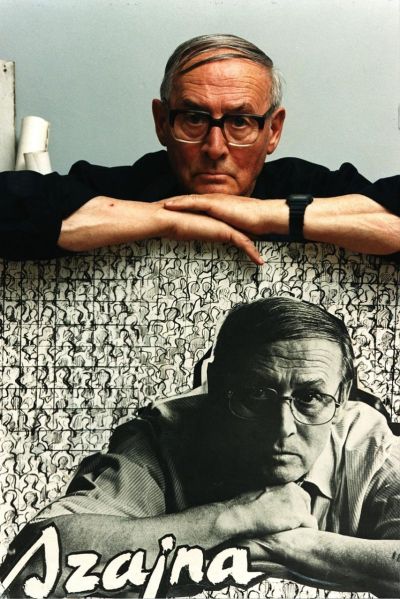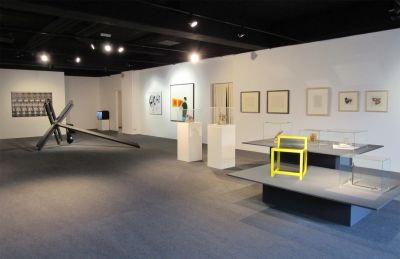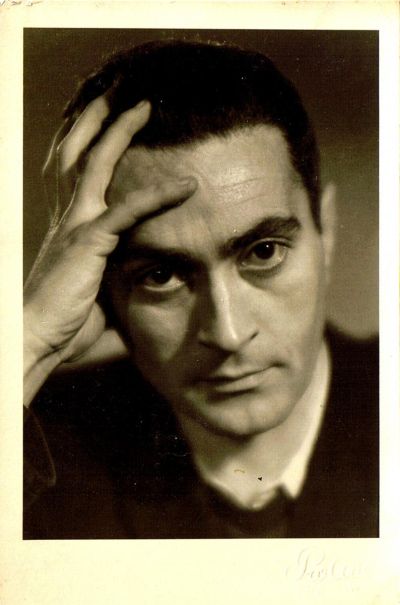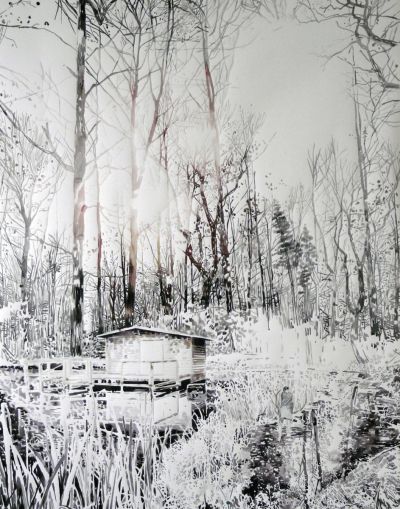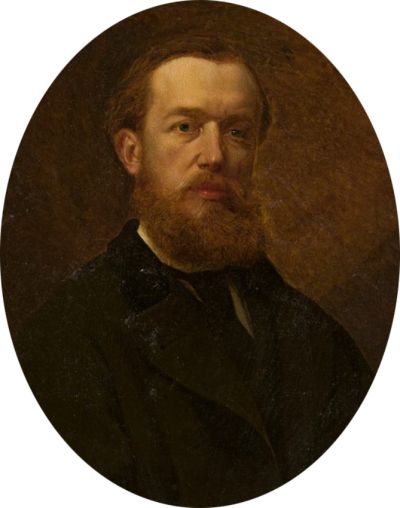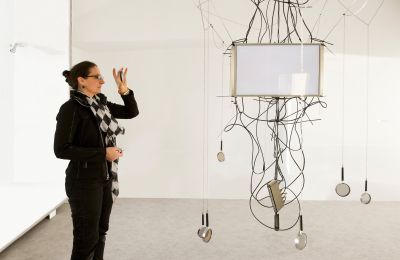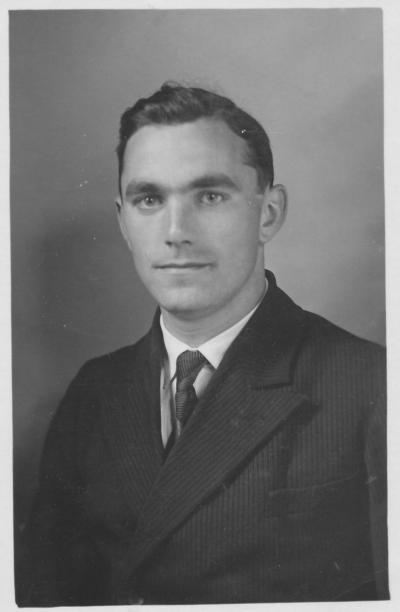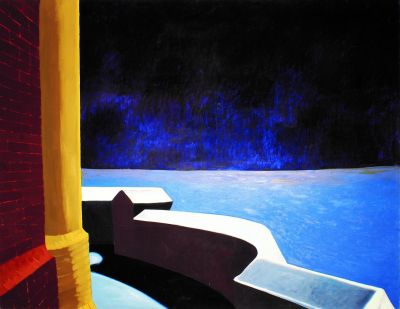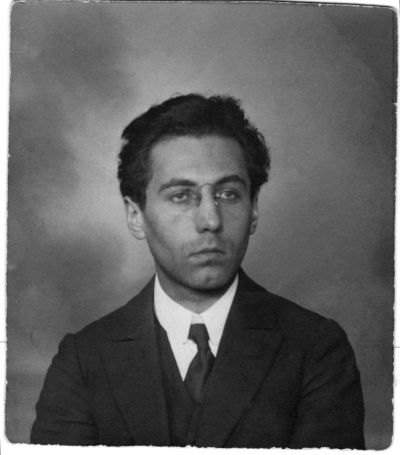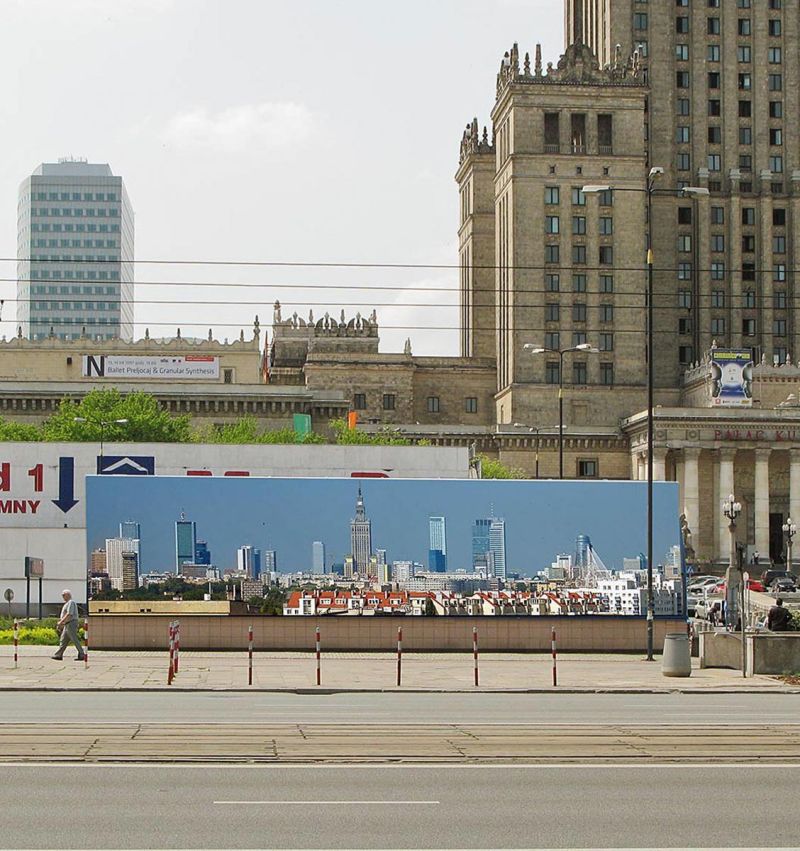Stefan Szczygieł. His photographic and film work
Mediathek Sorted
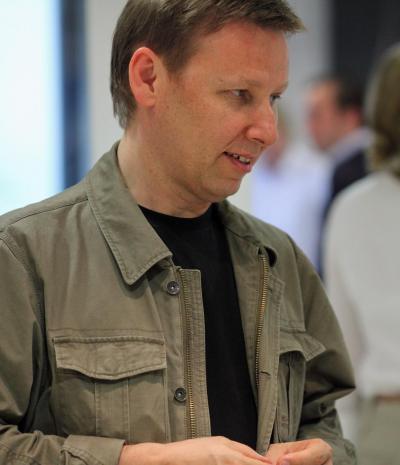
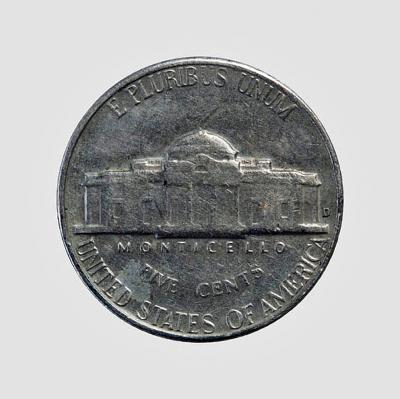
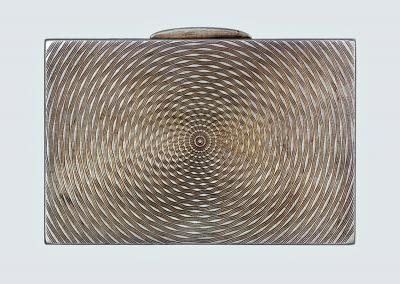
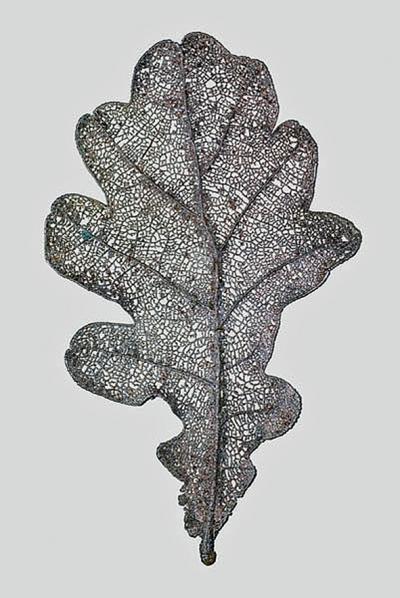
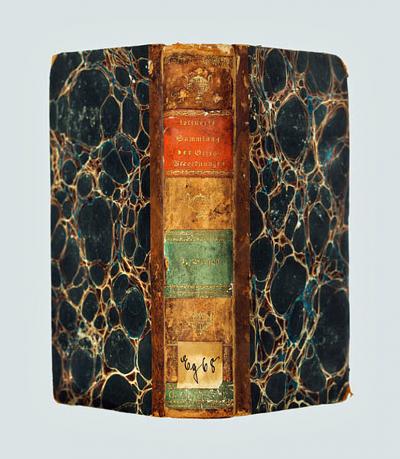
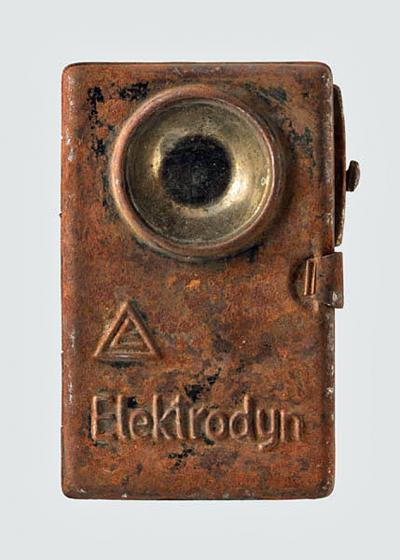
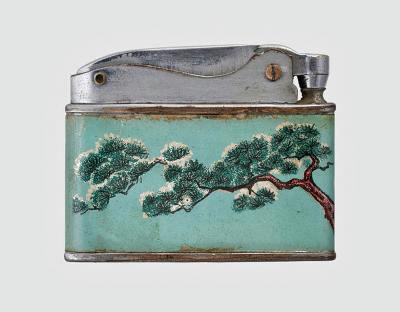
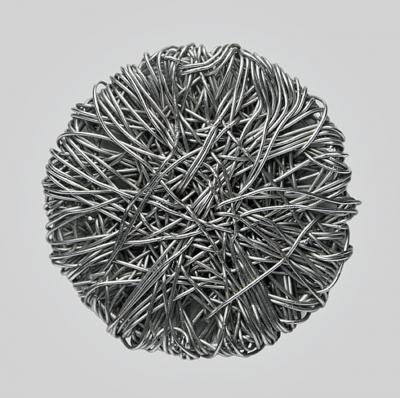
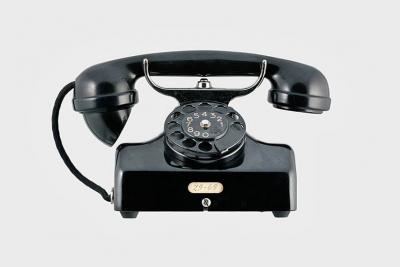
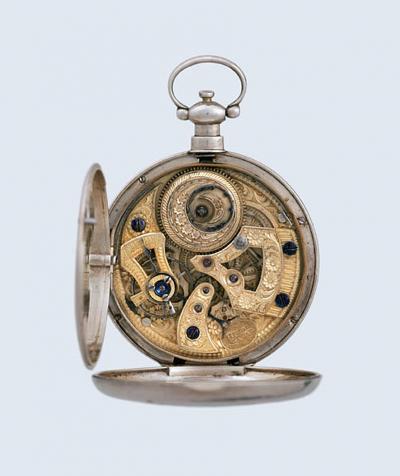
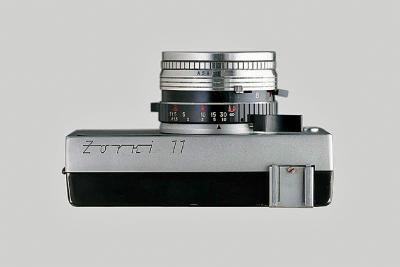

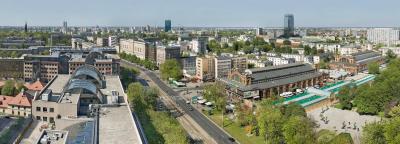
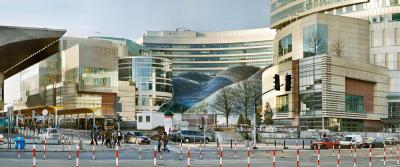
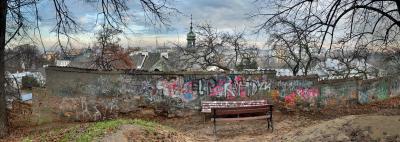

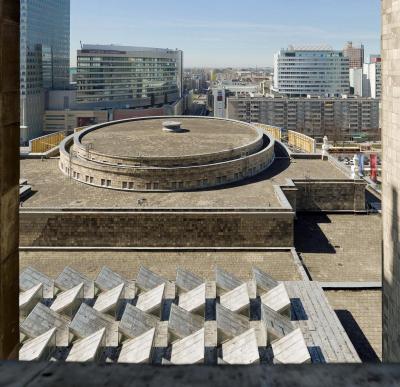
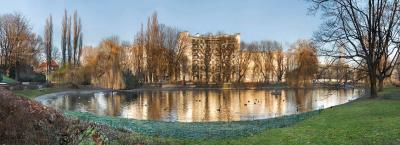
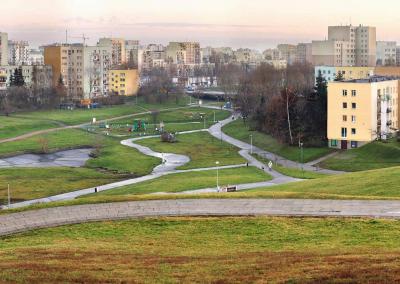
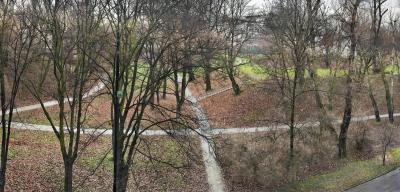
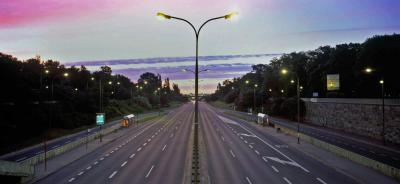
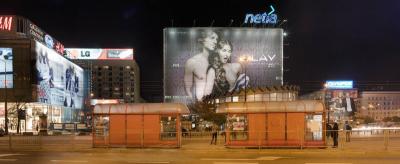
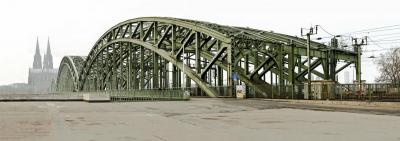

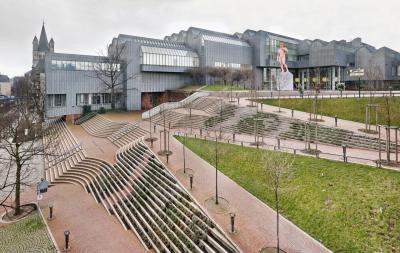
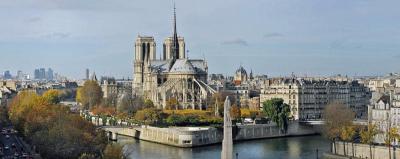
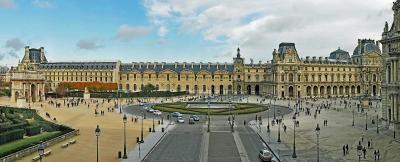
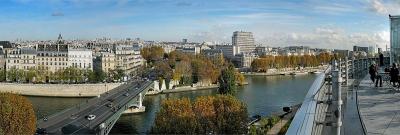
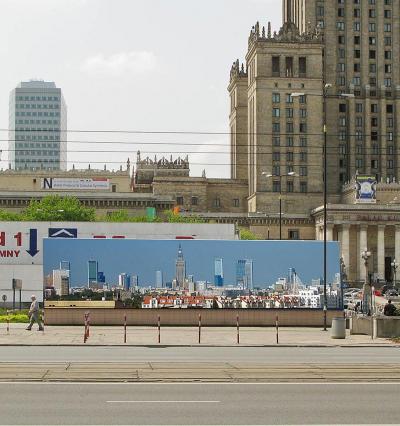
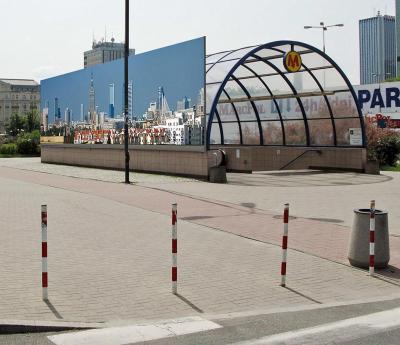
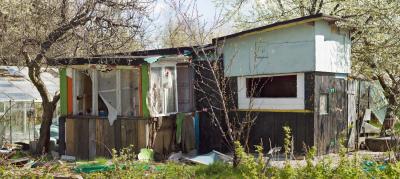
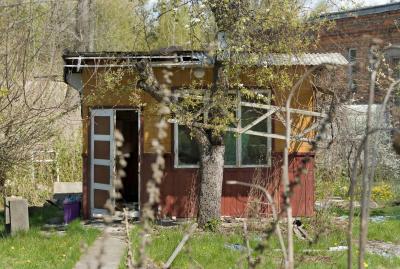
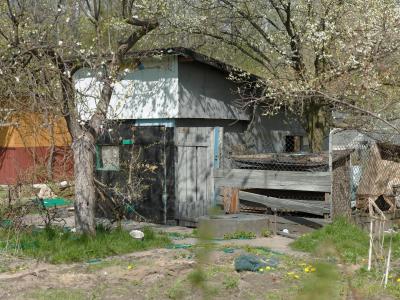
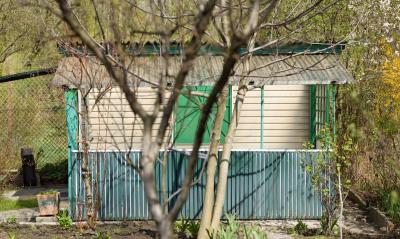
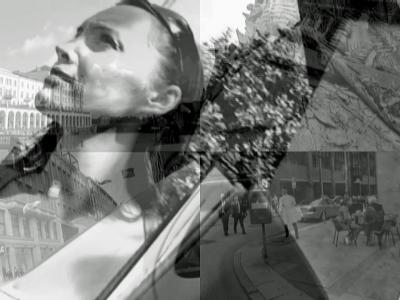
ZEITFLUG - Hamburg
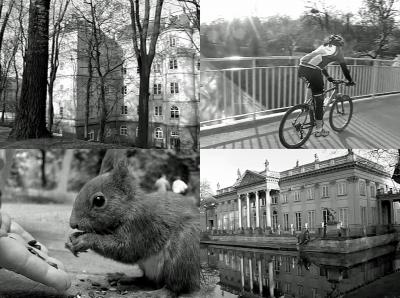
ZEITFLUG - Warschau
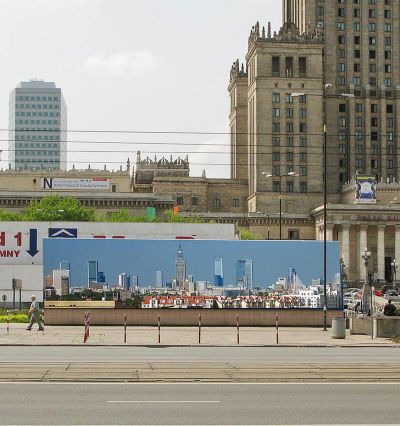
When a period of liberalisation began to make itself felt in Poland Stefan Szczygieł seized the opportunity to apply for a passport and a permit to leave the country. He did not reveal that he aimed to study for some time in Germany. On the one hand he wanted to pursue his passion for photography, and on the other hand make a career by pursuing his independent artistic visions. At the time the experimental character of the Düsseldorf Academy of Art made it a major training centre in new media and photography. The class led by Bernd Becher (1931-2007) was extremely popular with students who wanted to dedicate themselves to artistic and documentary photography. The composer and artist Nam June Paik (1932-2006) was the father figure and founder of media art and one of the most important artistic personalities in the Academy.
Both these components, the clear documentary rigour in Becher’s class and the free artistic attitudes encouraged by Nam June Paik run through Stefan Szczygieł’s later work like a thin red line. Here there is one common factor uniting both the teachers and their student: the extremely high precision in their formal techniques and themes and their faithfulness to themselves.
After a period of professional consolidation in the 1990s – Szczygieł was primarily working as a photographer or for commercial agencies and earned enough money to be able to dedicate himself to his own independent projects at the same time, albeit with a certain time lapse – around the turn of the century he was finally in a position to devote himself to artistic photography.
Blow Ups
Thus Szczygieł began work on a series of photographs that he entitled Blow Ups or High Resolution Objects, and which he pursued continually for the next five years.
He photographed objects like clocks, telephones, jewellery, cigarette boxes, lighters, books, cameras, coins and buttons – some of them were from the past – in a precise and extremely magnified manner in front of or on top of a neutral background. The proofs were huge, measuring 200 x 200 cm and even up to 200 x 400 cm, up to 200 times larger than the original objects. The huge format and the neutral light grey background in the close ups gave the objects a unique hyper real effect as if they were floating freely in thin air, independent of any laws of gravity. In addition Szczygieł emphasised macroscopic details like scratches, colourings, signs of age, rust, tiny dents and tracings, not to speak of the material density that was fed by an image resolution of up to 350,000,000 pixels.







